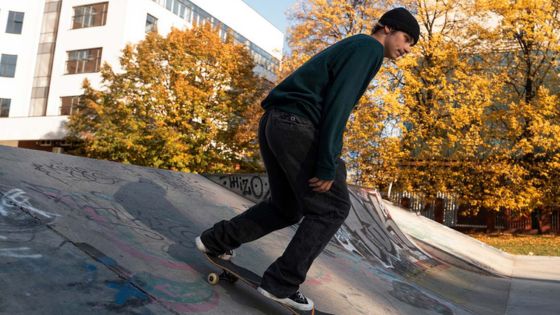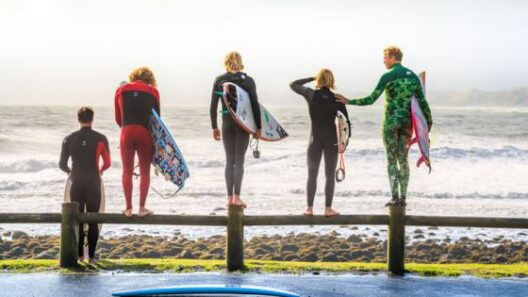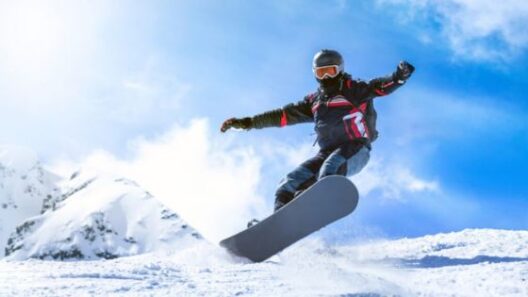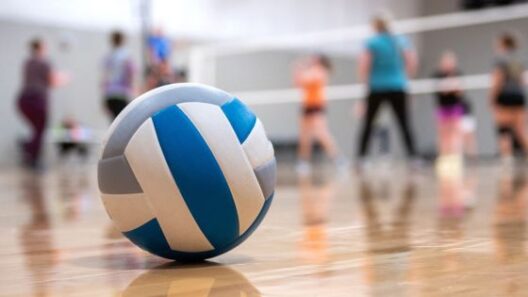Skateboarding is more than just a sport—it’s a lifestyle, a form of expression, and an incredible way to stay active. But while it’s fun and freeing, skateboarding also comes with risks. Falls, scrapes, sprains, and even serious injuries are part of the territory if you don’t ride with care.
The good news? You can drastically reduce those risks by following a few safety guidelines. Whether you’re new to skating or have been riding for years, these tips will keep you safe while still allowing you to enjoy the thrill of the board.
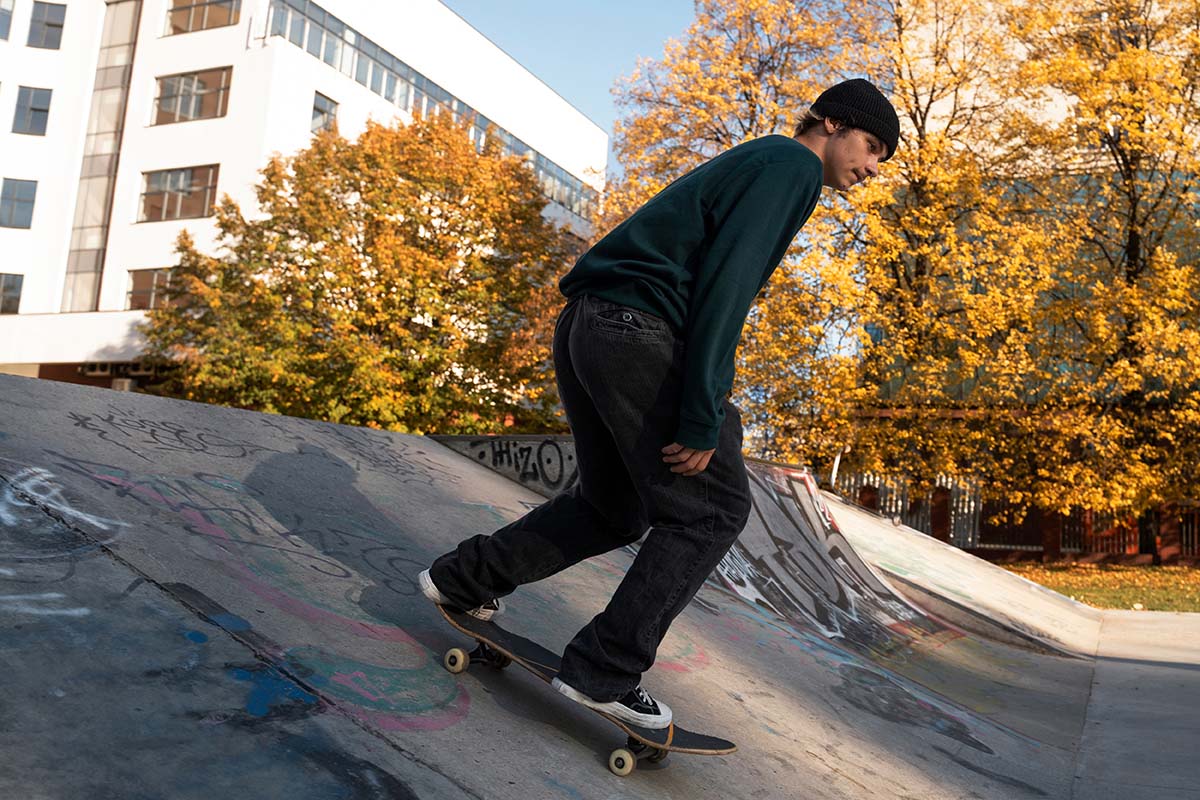
Key Takeaways
- Protective gear like helmets and pads is essential for reducing injuries.
- Safe environments, such as skate parks, are the best places to skate.
- Learning how to fall can prevent fractures and sprains.
- Regular board maintenance ensures better control and safety.
- Mastering basics before tricks helps build long-term skills without unnecessary risks.
Wear Proper Protective Gear
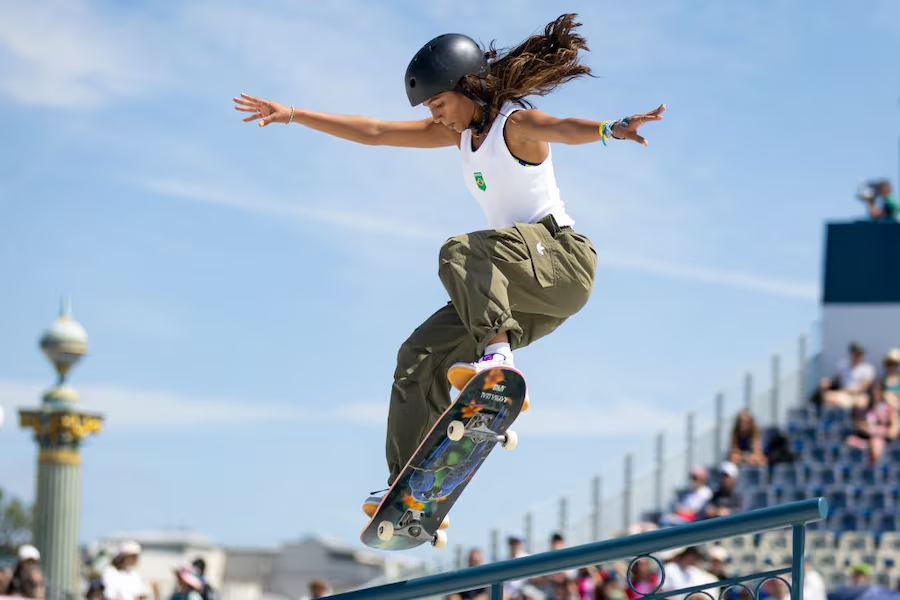
The most important safety measure is investing in good-quality gear. A helmet is a non-negotiable item—head injuries are among the most dangerous. Along with a helmet, use knee pads, elbow pads, and wrist guards to protect yourself from common falls.
Shoes matter too. Skateboarding shoes provide grip, flexibility, and impact protection, making them much safer than casual sneakers.
Choose Safe Environments to Skate
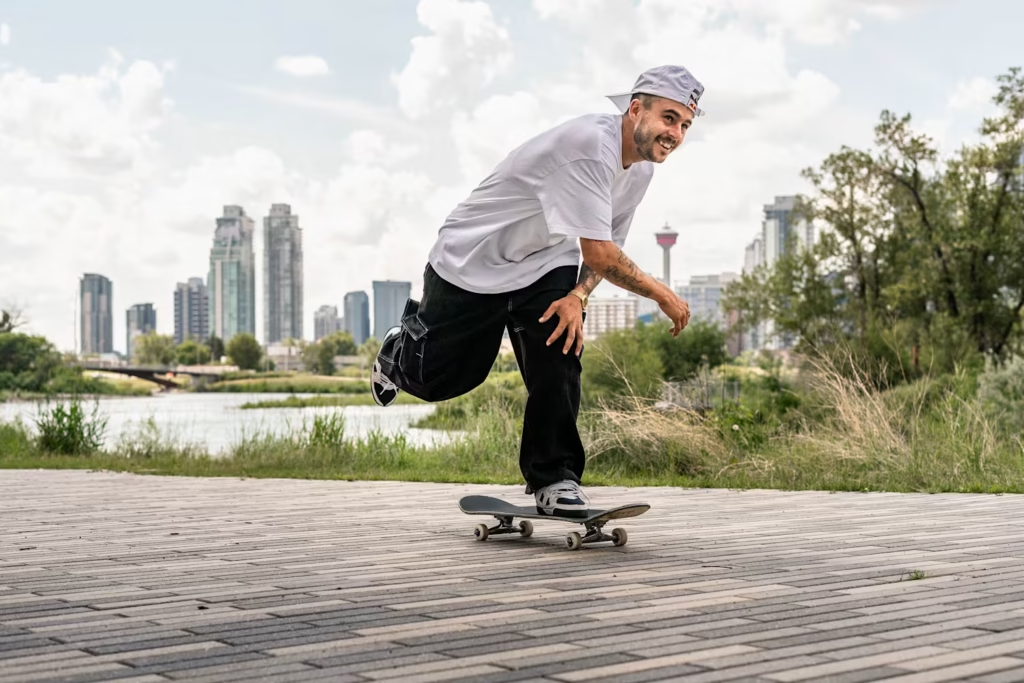

Where you skate can make all the difference. Stick to skate parks, smooth sidewalks, or designated areas designed for riders. Avoid busy roads, steep hills, or places with heavy pedestrian traffic.
If you’re skating at night, wear reflective clothing and make sure your board has lights or reflective stickers so drivers and others can see you.
Learn to Fall Safely
It might sound odd, but knowing how to fall can prevent major injuries. Instead of trying to catch yourself with your hands, aim to roll on impact or spread the force across your arms and body. This technique reduces the stress on your wrists and prevents fractures.
Practicing falls on soft grass before heading to concrete can help you build confidence.
Keep Your Board in Top Shape
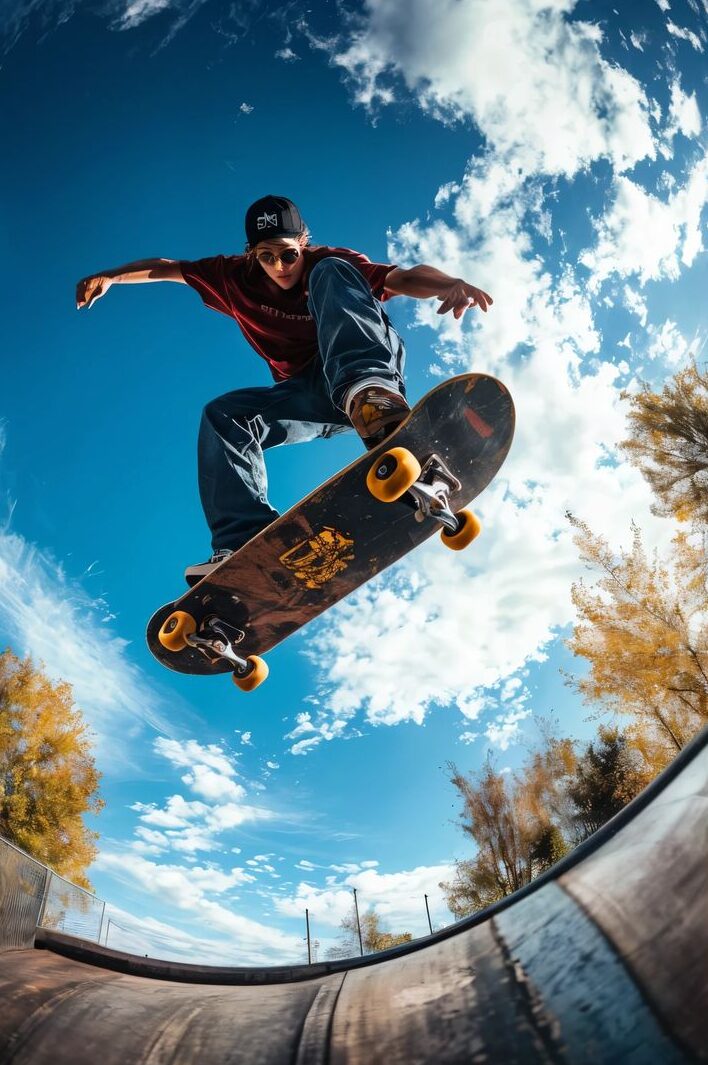

A well-maintained skateboard is a safe skateboard. Check your board regularly for cracks, loose trucks, worn-down wheels, or damaged grip tape. Replace broken or worn parts immediately to avoid accidents.
Small tweaks like tightening your trucks or switching out wheels can also improve your control and stability.
Master the Basics Before Tricks
Tricks are exciting, but attempting them before you’ve nailed the fundamentals increases your chances of injury. Make sure you’re comfortable with balance, pushing, stopping, and turning before you move on to more advanced moves.
Taking it slow and progressing step by step ensures you’ll enjoy the sport for years to come.
Stay Aware of Your Surroundings
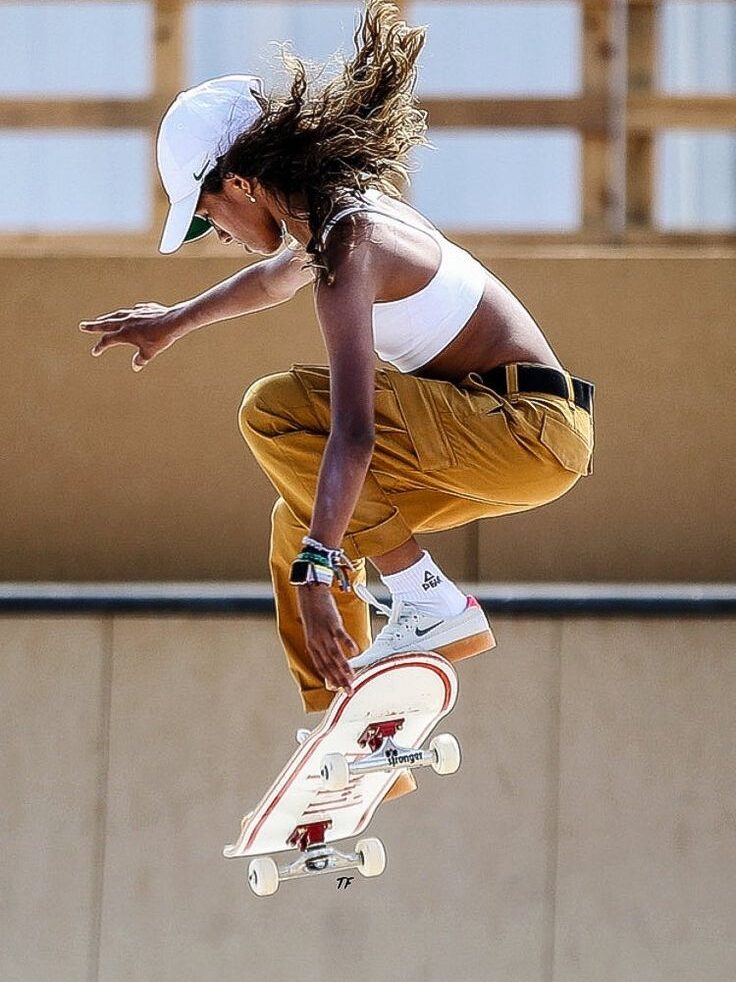

Skateboarding often happens in shared spaces, so situational awareness is crucial. Keep an eye out for pedestrians, cyclists, or vehicles. Avoid using headphones at high volume while skating, as this can prevent you from hearing potential hazards around you.
Stay Consistent With Warm-Ups
Like any physical activity, skateboarding requires your body to be ready. Stretching and warming up before a session helps reduce the risk of muscle pulls and stiffness. Focus on your ankles, hips, and shoulders—areas that take the most stress while riding.
FAQs About Skateboarding Safety
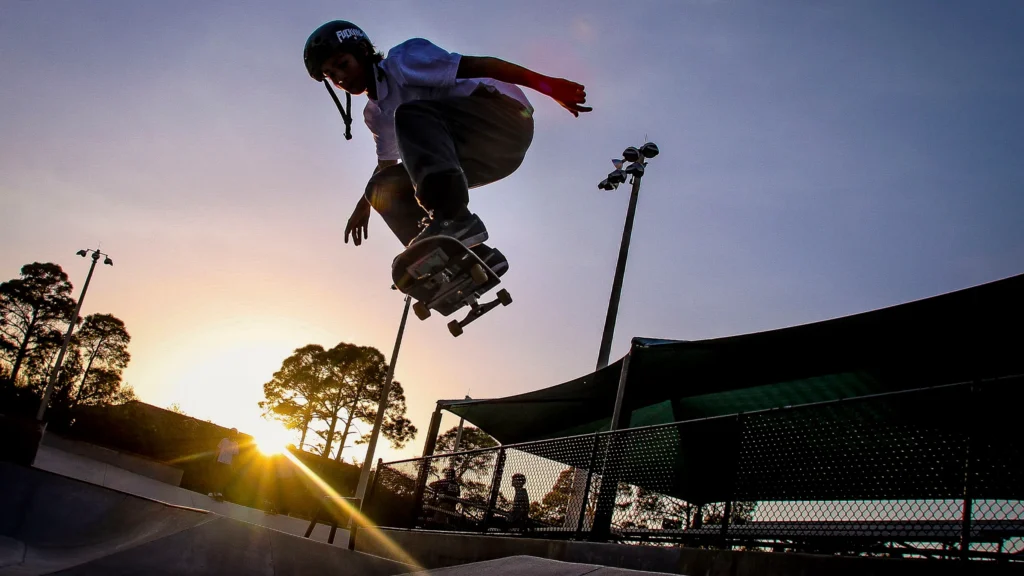
1. Do I really need a helmet if I’m just cruising?
Yes. Even at low speeds, falls can cause serious head injuries. A helmet is essential no matter your style of riding.
2. Can I skateboard in the rain?
It’s not recommended. Wet surfaces reduce grip and increase the chance of slipping. Water can also damage your board’s bearings and deck.
3. How do I know if my skateboard is safe to ride?
Check your board regularly. Look for cracks in the deck, loose hardware, or uneven wheels. If anything feels unstable, fix it before skating.
4. Are skate shoes necessary?
They’re not mandatory, but they provide better grip, durability, and protection compared to regular sneakers.
5. What’s the safest way to practice tricks?
Start on flat ground, use safety gear, and consider practicing at a skate park with softer surfaces and plenty of space.
Conclusion
Skateboarding doesn’t have to be dangerous. By wearing the right gear, maintaining your board, and practicing smart habits, you can protect yourself while still enjoying the rush of skating. Remember—it’s not about holding back, it’s about skating smarter so you can ride longer, progress faster, and keep the stoke alive.
